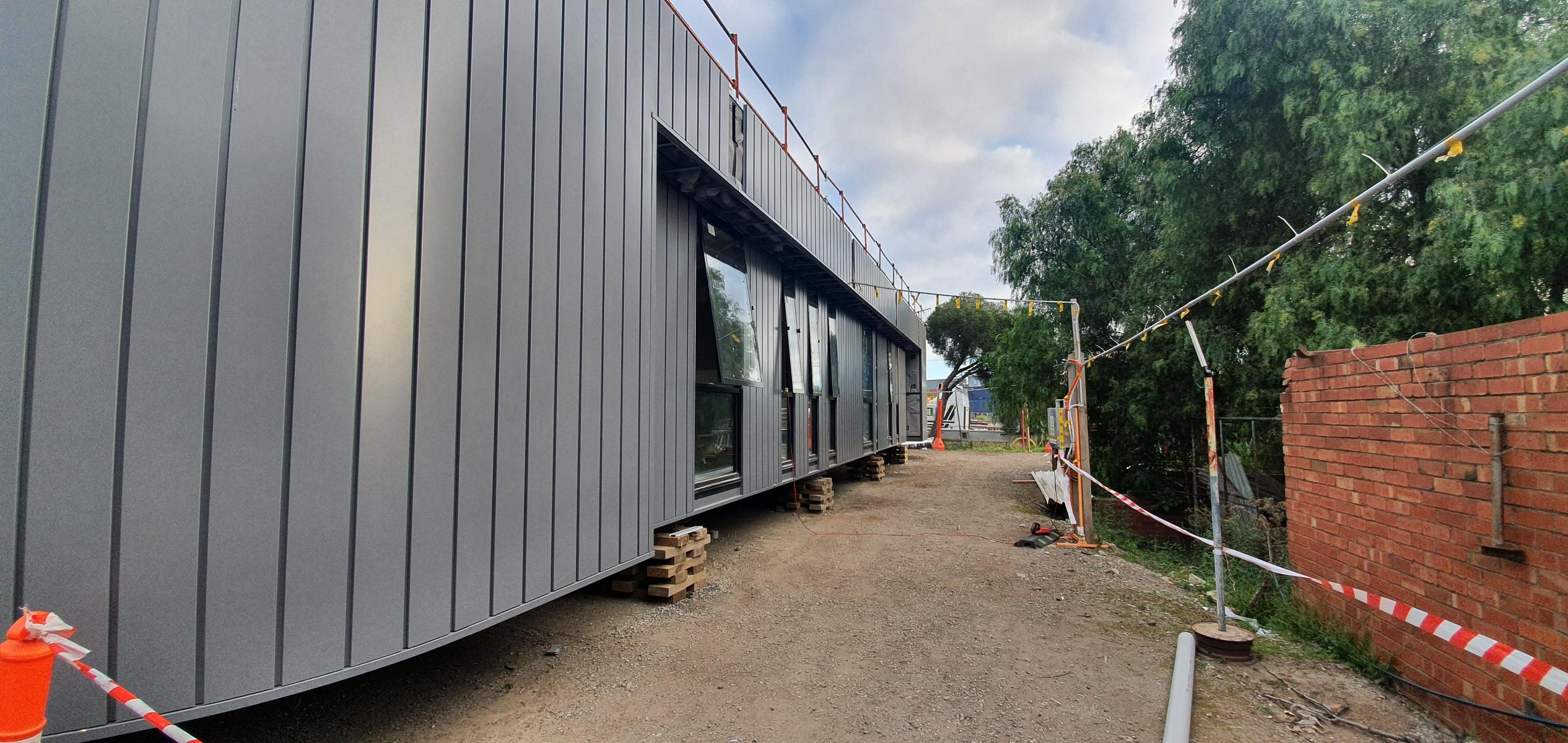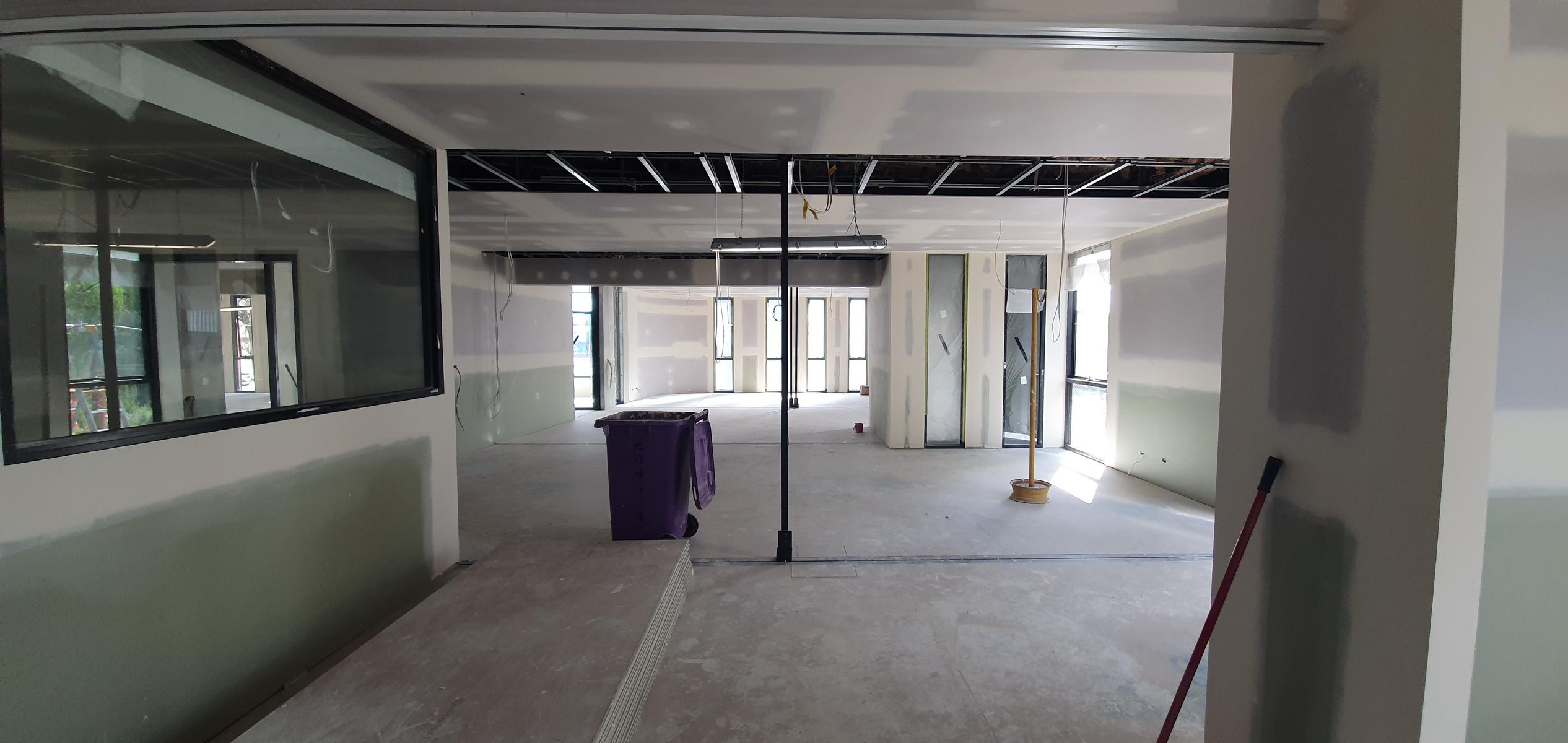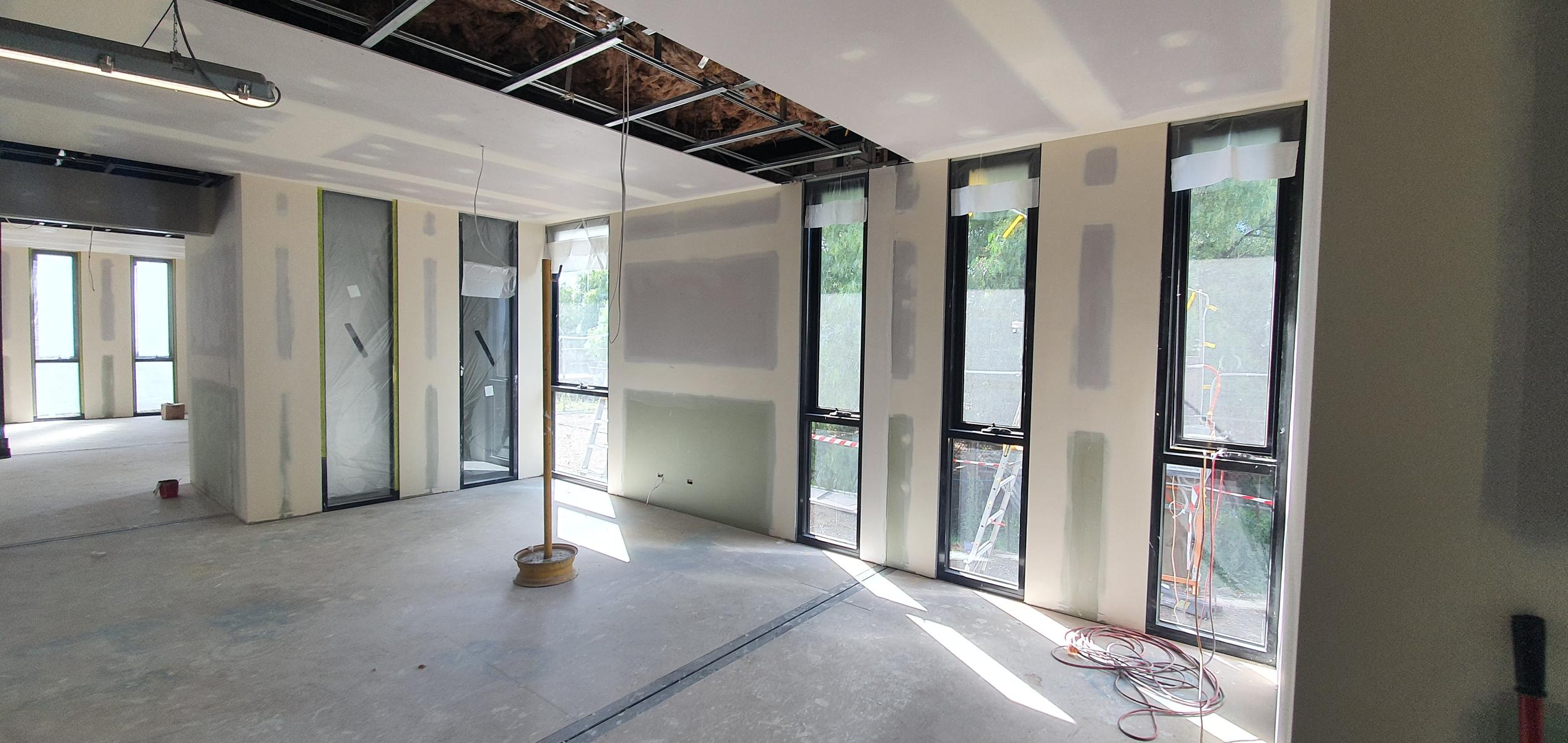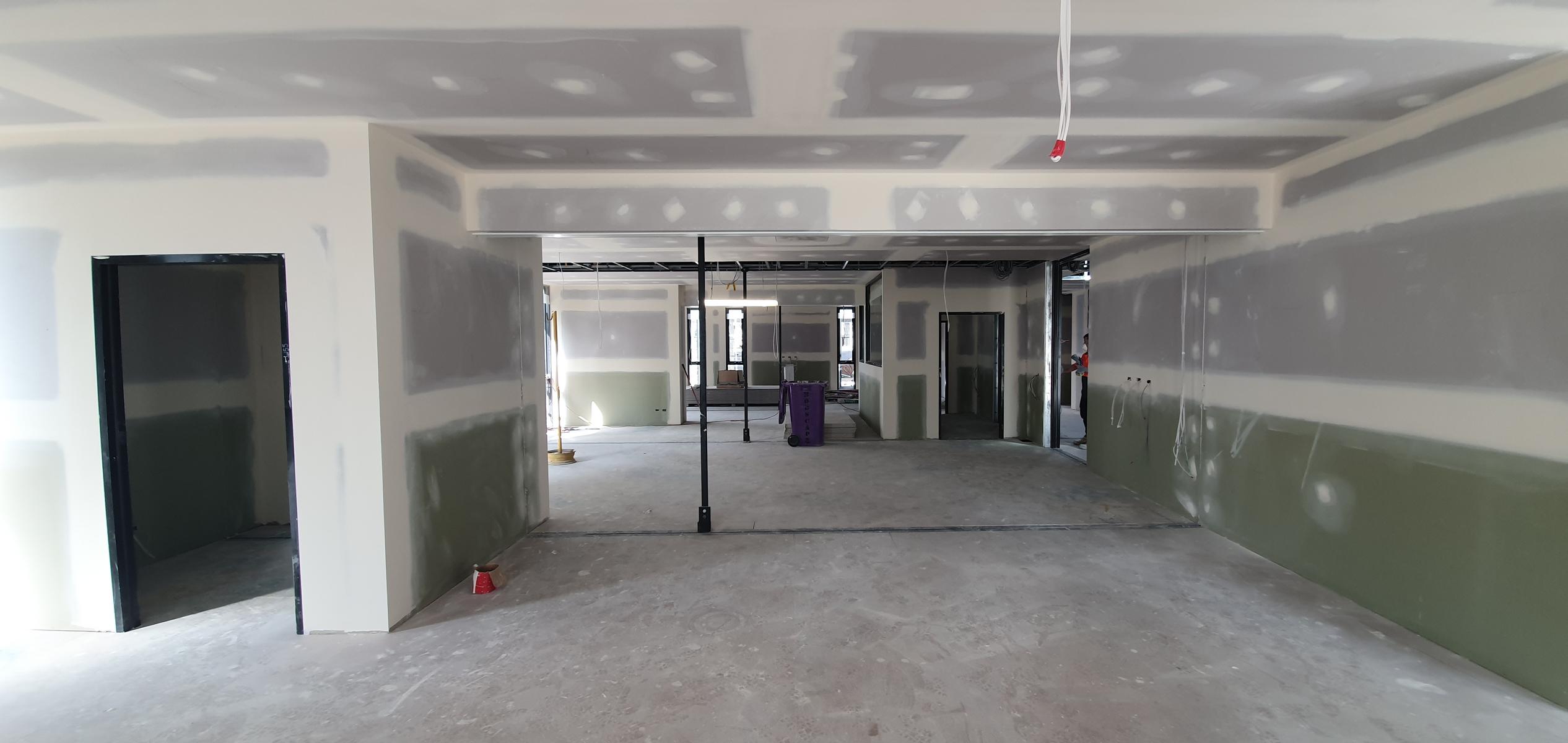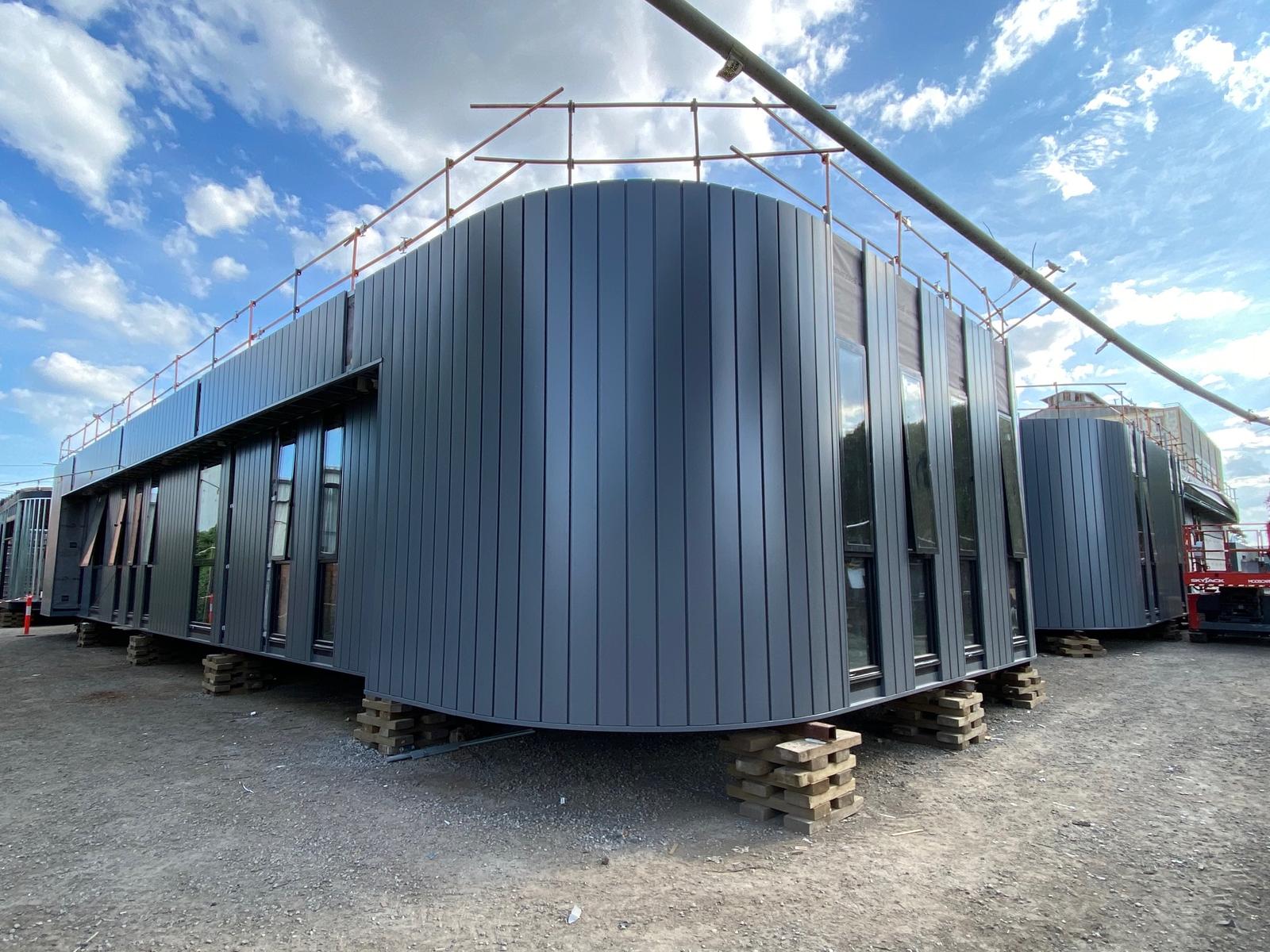Remote Learning Special Edition
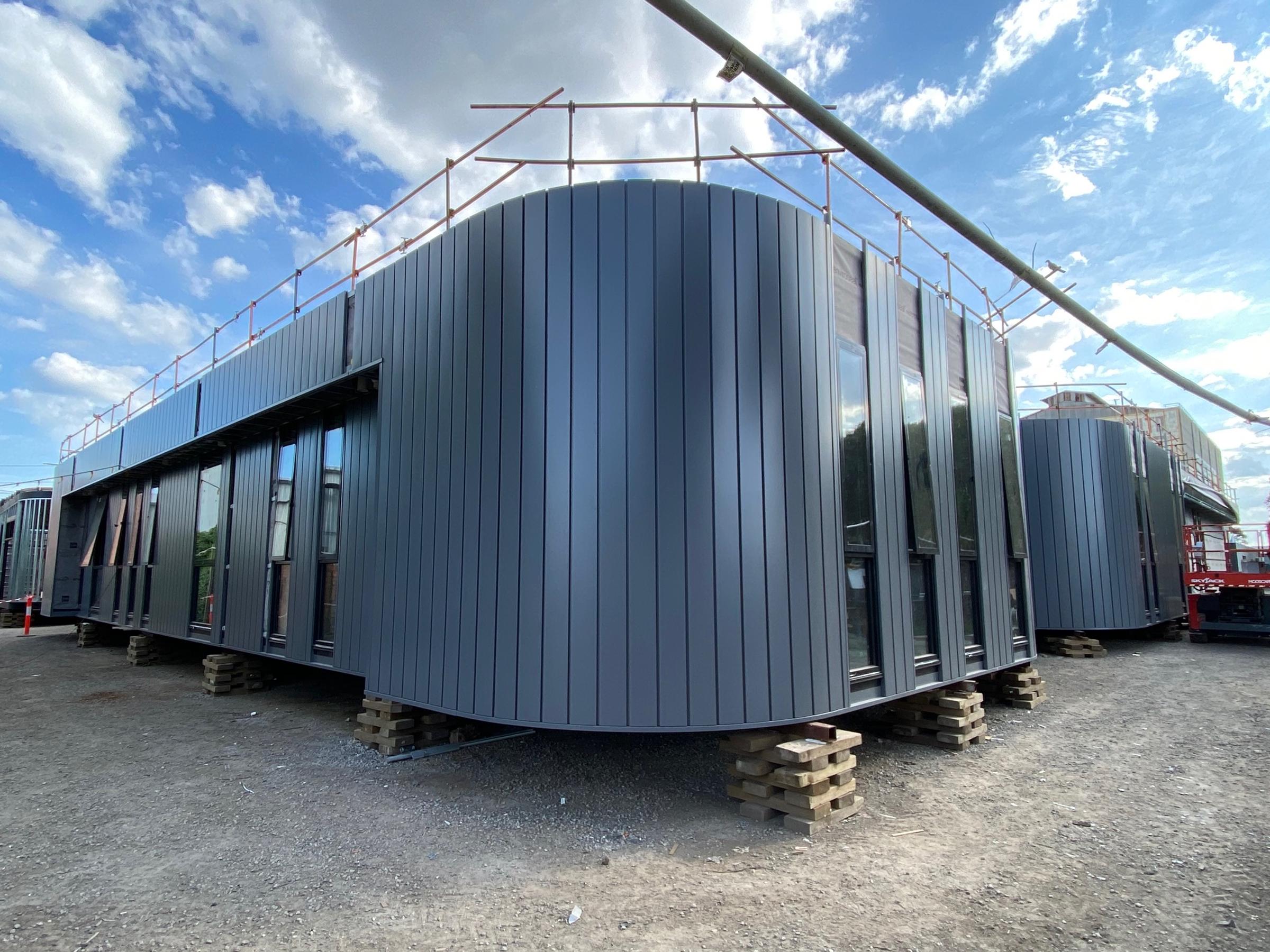
Here we go...
Well, we have completed two days of remote learning now and we are all fumbling our way through this experience together. Thank you to everyone for your positivity and willingness to try and make this work for our students and your children.
10 years ago I was coaching teachers in a number of schools who were trying to learn how to facilitate learning through a digital platform. It was an interesting time but it was always a struggle for people to understand why it was necessary and to wrap their heads around how different it would be. And here we are! 10 short years later and all that work is beginning to pay off (except for the ones who have retired, I guess).
I am acutely aware that you have been flooded with information for about the last 5 weeks now. I'm hoping that this newsletter can help to bring all of the useful information we've received, sent, seen, heard about etc. into one space for your reference.
Some of it you will have seen and read before ... that's fine, skip it. But if you stumble across something that sounds new or prompts you to recall something you were planning to do but didn't get around to, hopefully it helps you out.
There's a lot of reading here. I wouldn't recommend trying to power through it from start to finish. Treat it as a juicy magazine to flick through -- without the juice, perhaps.
I do want to try to address and outline some key planning decisions we have made during this process based on what we know or think we know about the school community. Obviously, whenever we are trying to plan for the whole school, it is important to recognise that with over 700 parents, over 500 students and more than 40 staff, what might seem like a simple decision for your family may not be suitable as a whole school solution.
1. We know that there are many parents who are self-employed, own their own business, work in essential services in the community or are working from home - so what is possible in the home and how it is going to work will be very different for each family.
2. Because of this, we don't assume or expect that everyone will be able to manage a 9am-3.30pm routine for your child. Some families will try to make an early start with the kids, others will prioritise adult work in the morning and student work in the afternoon, others will utilise teenage siblings - whatever routine you have, that's fine.
A. We want to try and ensure as much as possible that remote learning does not advantage some families and disadvantage others. We don't want any student to risk missing a learning opportunity and falling behind.
B. Because of this, we are loaning iPads where needed, accepting onsite students where required, and working with families to support them through tough times.
C. Keeping in mind the many families juggling multiple priorities at home, we know that in some cases, parents will need to prioritise their work at a particular time (often during the day) and this shouldn't be a disadvantage or something that adds extra pressure or stress to you.
D. We have many teachers with young children at home (fertility is a well-known strength of our teaching staff) who are also juggling work, remote learning for their own children and caring responsibilities.
So, what does this mean for the learning design we are using?
* We will not be running 'live lessons' where a student needs to tune in at a particular time and if they don't, they miss out. Learning will be accessed equally by everyone, and their family situation won't impact that. In technical terms, this is an 'asynchronous model' where a class can be working on the same or related work at different times that suit them.
** However, in the future we will offer some optional live sessions that don't have a learning outcome attached but have a focus purely on maintaining social connections with their teachers and classmates.
** I know you may have spoken to a friend/seen on facebook/heard about etc. another school running Zoom/Webex sessions and that's a decision that school has made. I don't know their community, I don't know how suitable that model is for the community, I don't know how successful it is for all students in that class. I can only make decisions for our community as a whole. Synchronous learning assumes, and requires, minimal disruptions and reliable availability from everyone involved - I don't believe many of us are enjoying that at present.
* Teachers will have communicated to you a 2-hour 'Quick response window', however this is not the only time they will be answering questions. If you miss the 'window', don't stress, either you or your child can still ask the question, you might just need to be a bit more patient as the teachers shift their focus to providing feedback and assessment or planning for future lessons.
* We have also tried to limit the number of logins you might require so you're not trying to jump around online too much. One junior platform (Seesaw), one senior platform (Google Classrooms). We will have more than enough issues with these, I'm sure, without inviting any more.
A few other considerations we have made:
* Limiting the amount of time required on a device. Some time is unavoidable but where possible students have the option to complete work offline.
* Trying to make learning fun and encouraging students to get around the house or into the yard.
* Trying to tailor the learning to the class and the students, so the content students receive has been made by their teacher most of the time. (So please be kind to them. It takes a lot of trust to put oneself out there the way they have been.)
All that being said, quite often in teaching what we plan ends up being an initial prototype that requires a lot of revision. How things work, how students learn and interact, I expect all of this will change in small ways over time.
If you do have some feedback about what is working or not working for your child (or for your family), share this with your child's teacher. It doesn't need to be an aggressive email ('Why are you doing this? How ridiculous! etc.), simply saying, 'I noticed ** wasn't as interested in completing this task/ got quite confused about how to do **' can be useful feedback that gives teachers something to consider when planning future learning. Similarly, feedback on types of tasks that required large amounts of adult input or extensive explanation from you is helpful.
The message is simple: let's work through this together. If we exercise our gratitude, work hard to maintain connections, and recognise that a challenge, however unpleasant, helps us grow, we will all be the richer for it.
Please take care.
Ken
Our new building
On a completely different note, our new building hasn't been taking a holiday and is ready to breach social distancing guidelines when it lands at the school on April 24! Here are some photos of it in construction.

